What is Erythritol the Sugar Alcohol?
Erythritol is a low calorie, low carb, gluten-free sugar substitute used by many dieters anywhere they want a little easy, added sweetness.
What is it?
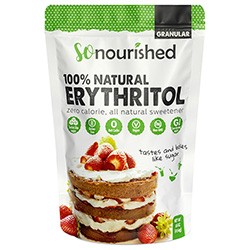 Erythritol is a sugar alcohol (most molecules whose names end in -ol are classified as alcohols), but this isn’t the kind that can get you drunk. It’s found in some fruits and plants or made from fermenting starches. Molecules like erythritol can’t be digested by humans, as we don’t have that particular necessary enzyme, so it is passed through the body without wrecking sugar’s harmful effects. Most of it is actually released unchanged through our urine, making it effectively 0 net carbs! It has a glycemic index of 0 (meaning it does not spike blood sugar) and it’s not metabolized by oral bacteria so it doesn’t cause tooth decay (dentists love it!).
Erythritol is a sugar alcohol (most molecules whose names end in -ol are classified as alcohols), but this isn’t the kind that can get you drunk. It’s found in some fruits and plants or made from fermenting starches. Molecules like erythritol can’t be digested by humans, as we don’t have that particular necessary enzyme, so it is passed through the body without wrecking sugar’s harmful effects. Most of it is actually released unchanged through our urine, making it effectively 0 net carbs! It has a glycemic index of 0 (meaning it does not spike blood sugar) and it’s not metabolized by oral bacteria so it doesn’t cause tooth decay (dentists love it!).
Where does erythritol come from?
Erythritol is naturally derived from some fruits and plants. It’s found in trace amounts in grapes, melons, mushrooms, and fermented foods such as wine, beer, cheese, and soy sauce. The final product looks just like granulated sugar; you can buy it in granulated or powdered forms though. We prefer powdered, as erythritol is a little harder to dissolve than regular sugar and that’s important for baking. If you’ve only got access to granulated, you can get the best of both worlds by buying granulated and then pulsing it a few times in a food processor, or Nutribullet. Powdered erythritol in seconds!
4-Week Keto Meal Plan
- 4 Weeks of Delicious Keto Recipes!
- Leftovers and Bulk Preps Included
- Maximize Your Keto Diet's Success
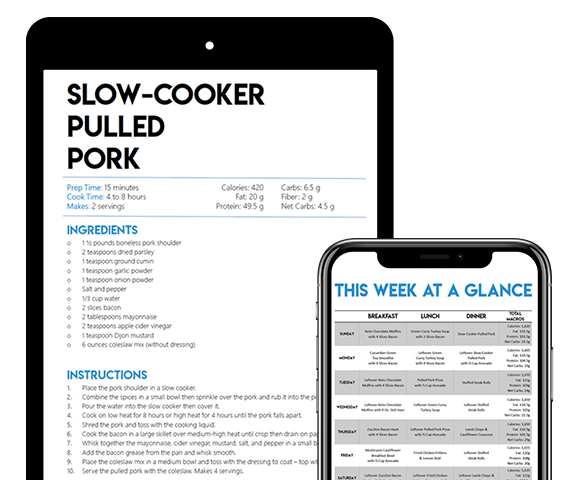
How does it taste?
Not much to say here other than- it’s sweet, with a bit of a cooling sensation. Most brands of erythritol are about 70% as sweet as regular sugar. Many people report noticing no difference in the taste and use it as a direct sugar substitute in their food prep. They also say it tastes a lot better to them than Stevia since it doesn’t have a chemical-ly aftertaste. When used in very small quantities, however, the effects of both are not noticeable.
Tip: Some people have reported using a sprinkle/few drops of Stevia in conjunction with erythritol in baking to mask both sweeteners off-tastes to match sugar almost perfectly. Erythritol’s cooling effect can be negated as well as Stevia’s sometimes metallic aftertaste. We personally don’t notice any odd tastes when used in a 1:1 ratio in baking. If a recipe calls for a cup a sugar, we use a cup of erythritol, even though it’s only 70% as sweet as sugar. Our taste buds aren’t used to all that sweetness anyway; 70% is just sweet enough.
Are there any downsides?
As with all sugar alcohols, when consumed in large amounts, some people experience digestive discomfort or a slight laxative effect. Although, you would have to eat A LOT of it to experience this. Some studies have concluded that about half a gram of erythritol per body pound is well tolerated. Meaning if you weigh 150 pounds, if you eat 75g of it, you should be okay.
To put it into perspective, you would need to eat more than 18 teaspoons of this stuff to experience any issues! However, remember all bodies are different, so definitely try out a small amount and see how you feel. If you already experience digestive sensitivity, take that into account as well.
A sugar alcohol that’s gotten a bad rep for causing digestive issues is maltitol, found in many Atkins and popular sugar-free treats. Maltitol has a high glycemic index (GI), despite being a sugar alcohol, and many have reported stomach discomfort.
The chart below compares common sugar alcohol and sweeteners. Erythritol can be found at the bottom with the least calories per gram, as well as a glycemic index of 0.
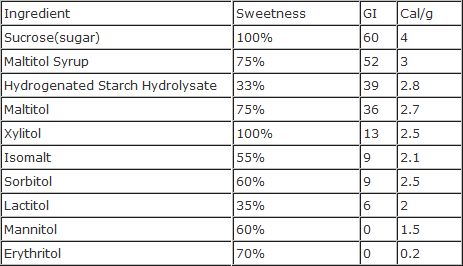
Who can erythritol work best for?
Erythritol is great for people with metabolic issues, Diabetes, and obesity. It’s really gaining popularity with the keto community thanks to its low-carb nature. Since it is not metabolized by our bodies, we can’t use it for energy. It’s simply ingested by us and then excreted. This way, even though there may be 4g of erythritol in a product, you would subtract that 4g from the total carb count (and subtract fiber too!); this will give you the net carbs, which is the number we’re trying to keep low.
Erythritol is not paleo friendly though. Because of the complicated way it is derived, cavemen definitely would not be able to get their hands on this stuff. A better paleo sugar alternative would be honey, maple syrup, coconut palm sugar, chicory root, overripe bananas or Medjool dates, for example.
As for people on a gluten-free diet, regular sugar is gluten-free and has always been. The paleo alternatives listed above are also all gluten-free! However, if you’re trying to cut down on your sugar intake but are craving something sweet, give erythritol a try- it’s gluten-free too!
Check out all our low carb dessert recipes that call for erythritol! It’s one of our favorite ingredients to use!
NUTRITIONAL DISCLAIMER
The content on this website should not be taken as medical advice and you should ALWAYS consult with your doctor before starting any diet or exercise program. We provide nutritional data for our recipes as a courtesy to our readers. We use Total Keto Diet app software to calculate the nutrition and we remove fiber and sugar alcohols, like erythritol, from the total carbohydrate count to get to the net carb count, as they do not affect your blood glucose levels. You should independently calculate nutritional information on your own and not rely on our data. The website or content herein is not intended to cure, prevent, diagnose or treat any disease. This website shall not be liable for adverse reactions or any other outcome resulting from the use of recipes or recommendations on the Website or actions you take as a result. Any action you take is strictly at your own risk.
- EPIC Keto Krate Haul! - February 13, 2020
- 30+ Low Carb Snacks (Keto Snacks) with Little to No Prep - January 1, 2019
- Keto Browned Butter Pumpkin Spice Latte [VIDEO] - November 13, 2018
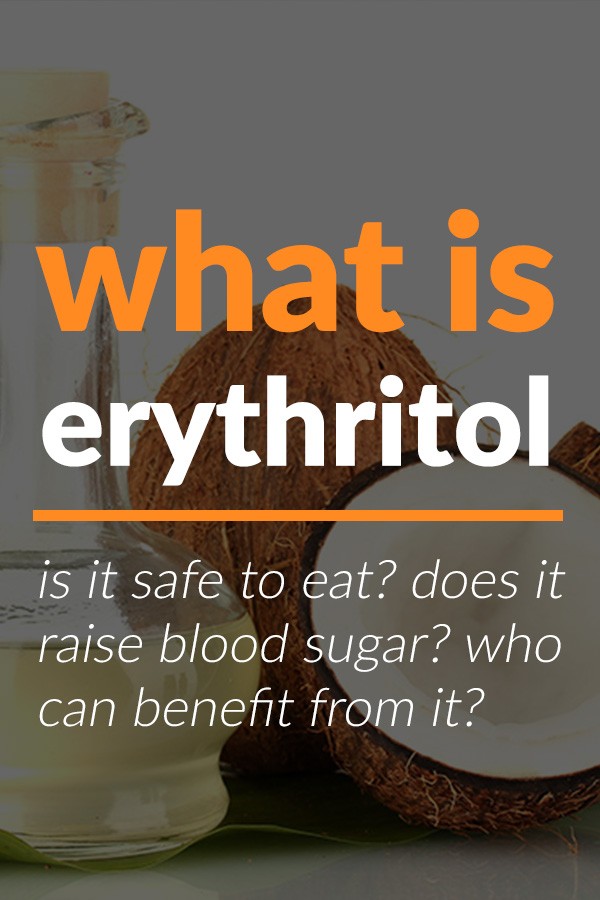


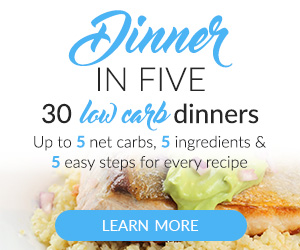
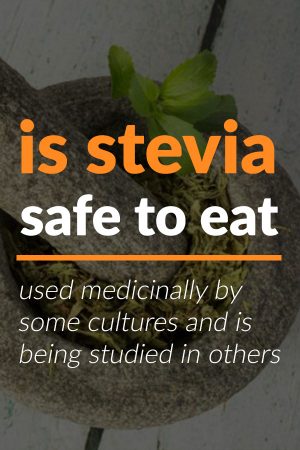
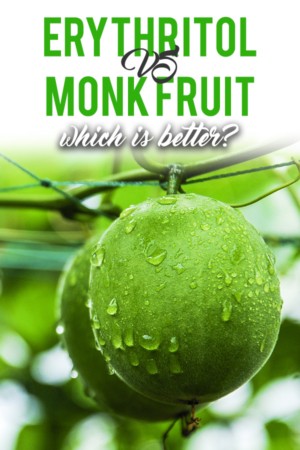


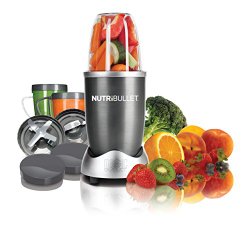


The article does NOT answer the question….how many carbs are in erythritol? If I use it for baking cookies or anything, how do I know how many carbs are in it?? My son is a diabetic. I use stevia but stevia can not be used in a lot of baking because of the baking sode/powder (forgot which). THanks
This article states that erythritol passes through the body, unaltered, making it effectively, 0 net carbs. Even though nutrition labels categorize erythritol as a carb, it doesn’t affect blood sugar in most people, so it may be omitted from the total carb count for the day. I’m not sure where you read that about stevia, but it can safely be used in most baking recipes.
Very informative, thanks.